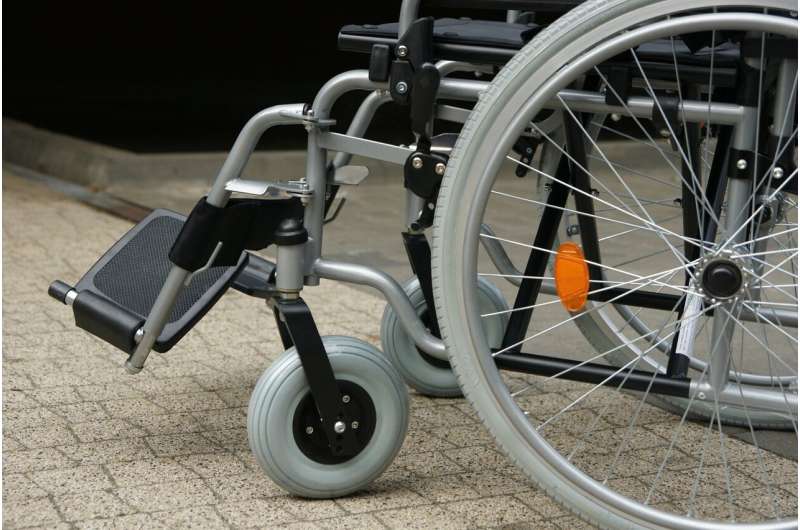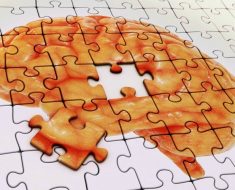
An experimental method developed to detect nerve injury in multiple sclerosis (MS) in adults also works for children with MS and other neurological conditions, even when they are symptom-free, according to an international team of researchers. In MS, early intervention with more recently approved treatments may be required to prevent new symptoms and eventual disability.
The adult method was developed last year and has already received breakthrough status from the Food and Drug Administration for consideration as a clinical tool to monitor the disease in patients over 18. It measures the neurofilament light chain (NfL), which is found in blood and reflects injury to nerve cells.
The new study in children, which appears July 28, 2023, in The Lancet Neurology, creates reference ranges of this biomarker in children with and without neurological diseases. It could help expand the tool’s approval for use in children.
“NfL can tell doctors how to manage MS after a diagnosis is made and treatment is started,” said Ahmed Abdelhak, MD, clinical instructor of neurology at UC San Francisco, a member of the Weill Institute for Neurosciences and a first author of the paper. “If NfL is high in a child, even if they appear well, it suggests the disease is not stable and other treatment strategies should be considered.”
The study examined 2,667 healthy children and 220 pediatric neurological patients, 142 of whom had MS. Others had epilepsy, traumatic brain injury, bacterial infections of the nervous system and MOGAD, a condition with some similarities to MS. Children with neurological disease had elevated NfL levels, indicating ongoing injury to nerve cells.
The researchers measured NfL values in two cohorts of healthy children: the Coronavirus antibodies in Kids from Bavaria (CoKiBa) study and participants without neurological diseases who had served as the control group in the U.S. Pediatric Multiple Sclerosis Network study, led by UCSF co-author Emmanuelle Waubant, MD, Ph.D.
Participants with MS and other neurological conditions were patients at the UCSF Pediatric Neuro-Immunology and Multiple Sclerosis Program and at the Children’s Hospital of the University of Regensburg in Germany.
NfL levels fall as healthy children grow older
The researchers found that in healthy children, NfL was very high after birth, likely related to relatively low blood volume in the first years of life. It decreased by 6.8% every year until the age of 10 and then plateaued. The average NfL for a healthy child was 4.8, versus 21.2 for a child with MS. NfL levels were elevated in the other neurological conditions, although not as much as in MS.
“NfL blood tests are much cheaper than MRI and might be repeated every few months if needed, while an MRI might be done at longer intervals,” said co-senior author Jens Kuhle, MD, of University Hospital and University of Basel in Switzerland, who was also senior author of the adult study.
While relapses or progression was the norm for older MS drugs, pediatric patients are now treated with disease-modifying drugs (DMTs), which have led to long-term stability, said Waubant, director of the UCSF Regional Pediatric Multiple Sclerosis Center, and also a member of the Weill Institute for Neurosciences.
“Testing NfL may help monitor disease activity in patients who are not yet on these high-efficacy DMTs, as well as in future clinical trials, in which it might one day partially replace MRIs,” she said. “This would simplify the study and decrease costs.”
In adults, NfL increases as they age
In the adult MS study, which was published in 2022, researchers found that high levels of the biomarker were associated with more severe disease and a poor response to treatment. In adults, NfL went up as people grew older, rising exponentially after 50.
“Use of age-adjusted NfL concentrations in children and adults means that we do not have to limit the wide-scale application of NfL in clinical settings to a specific age-group,” said Kuhle. “For MS patients, we have a sensitive test that can measure disease activity and quantify treatment response.”
More information:
Ahmed Abdelhak et al, Serum neurofilament light chain reference database for individual application in paediatric care: a retrospective modelling and validation study, The Lancet Neurology (2023). DOI: 10.1016/S1474-4422(23)00210-7
Journal information:
Lancet Neurology
Source: Read Full Article





